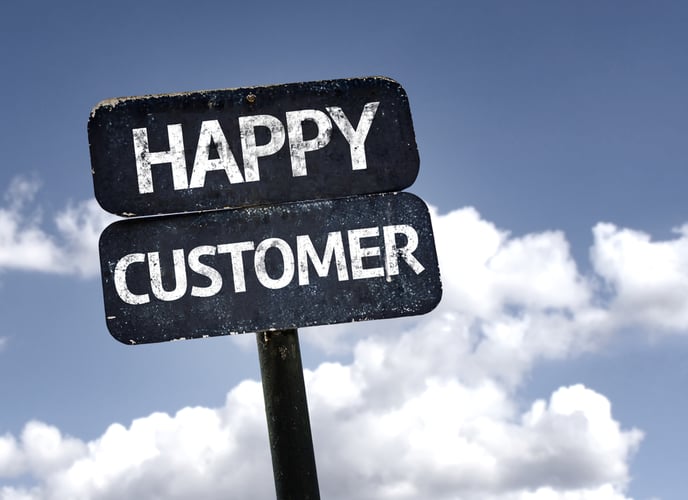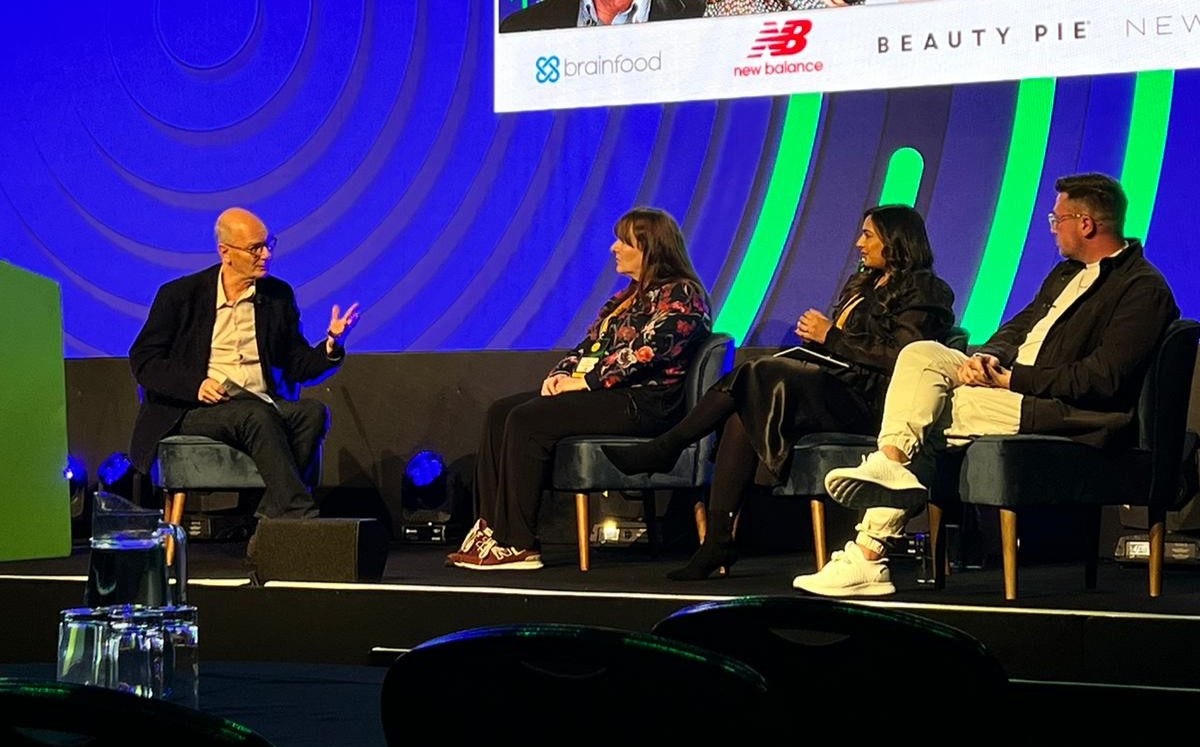The Value of Perfecting the Fundamentals of Customer Service

The Guardian explains how it halved churn by perfecting the fundamental basics of its customer service and worked to make it a priority of the company.
Just shy of 200 years old, The Guardian is one of the world’s leading news organisations today. It was founded in 1821 in Manchester as a local daily paper. It is a now a global news organisation with a daily paper in the UK, established reporting and commercial bases in the US and Australia, as well as apps and a website with huge reach – 2.17 billion page views in March 2020. Funded and owned by The Scott Trust as opposed to a single individual like many of its competitors, it is able to guarantee a genuinely independent form of journalism that safeguards its progressive values and trustworthiness to its readers and supporters.
Ben Lappin, Director of Retention and Customer Experience at The Guardian, further introduces the organisation: “Business-wise we have about one million supporters across a wide variety of products, including print and digital contributions, and we’re aiming to get to two million in the next three years. We’re probably best known for exposing the Windrush scandal and the Panama Papers, so we’re in quite a central place in the news discourse.”
MEASURING CUSTOMER CHURN
Lappin explains how churn, the rate at which customers stop doing business with a company, was targeted at The Guardian. “When I started here, churn was really difficult to measure. We were aware it was a problem, but we didn’t have solid measurements at a customer level that enabled us to do much about it.” He notes that when you can’t measure churn, it is hard to manage. “My first priority from a CX perspective was putting in a measurement programme to understand why customers were churning and why they were contacting us.”
This measurement programme fell into three categories:
• Payment failure. “This is typically half of all churn and often overlooked. That includes things like credit cards expiring and insufficient funds.”
• Breakage. “This is when something is broken or not good enough in a product, journey or experience. You have to fix the problem at the root to stop other
customers experiencing them in the future and preventing your existing customers having the problem repeated. Responding brilliantly to failure cannot be a customer service or retention strategy.”
• Engagement. “For our industry this is a buzzword that’s kind of used and abused, but for us it was very much about educational basics, such as helping customers understand the products they bought, what kind of benefits they had, and even correcting misconceptions.”
FIXING THE FUNDAMENTALS
As a result, The Guardian found that it didn’t need to give their supporters more, it just needed to deliver what was promised, and Lappin’s team began to
work on this. “Our effort to reduce churn started in the contact centre, where our customers were telling us what their problems were and why they wanted to
leave us. Then, we set about challenging the rest of the business to try and do better.
“From our perspective, it’s about fixing the fundamentals and making sure there are brilliant basics. We looked at what our customers were saying, understood the problems that we were giving them, went about fixing those problems, and then made sure that we were onboarding people properly so they understood exactly what it was they had bought. We did that through listening, measurements, e-mails, and phone calls. There’s nothing too slick and shiny in there, but it has been incredibly impactful. It’s important to ask yourself if you have done the basics well enough before you try to start introducing AI and clever machine learning. Surprisingly, a lot of businesses still struggle with this.”
UTALISING CUSTOMER FEEDBACK EFFECTIVLEY
Lappin emphasises why this is such an important focus for businesses to have, and how to utilise customer feedback effectively. “No one wakes up wanting to contact your business, but people do every day. You have to treat every bit of service demand as if it were failure demand and use that to put pressure on the business to make the improvements that need to be made in the areas causing issues. For example, a lot of our issues were in home delivery, so we worked with the people who managed the home deliveries internally to put pressure on the supplier to improve, make changes to the service, and get better with feedback.”
He links this to another key point: making the problem human. “Some great advice I’ve been given is to never get so focused on the numbers that you stop listening to what your customers are saying. That’s a real fundamental in CX; we do a lot of round measurement but it’s really important to cut through that and understand the reality of customer problems and how it makes them feel. You need to listen to be able to respond.” Lappin also says it is imperative that senior stakeholders and senior leaders in the business have a good understanding of how poor service and problems upstream can cause real frustrations
for customers to ensure that it remains a company focus. “Customer service is often bottom of the list when it comes to allocating extra budget resources, getting investment, and speaking in trade meetings. We need to exploit the moral authority that comes from representing the customer, which means inserting your team and your agenda into the conversation.”
He continues: “Once you’ve got your measurement programme in place and you understand the service demand, and once you’ve made the problem human and people understand the customer frustrations and have heard their voices, you’re then in a good position to try to push the customer-focused change that needs to happen. Ask yourself how the customer and your brand fit together. At The Guardian, our customers’ experience of our brand is firstly the journalism, but secondly is the customer service they receive.”
Lappin also highlights that this effort has impacted The Guardian’s customer relationships and customer trust in a positive way. “We’ve done a really good job at getting our brilliant basics in, fixing the fundamentals, and annoying our customers as little as possible.”
MOVING FORWARD
Moving forward, Lappin says his team are now looking to pivot more towards a customer success model. “We’re putting more of the basics online so customers can administer their subscriptions and contributions themselves. We’re doing more to make sure we can monitor certain things on the customer journey and we’re moving to more digital offerings, such as online vouchers rather than paper vouchers so we can monitor usage, and then using that information to proactively work with customers to make sure we’re offering the best possible service and keeping them engaged.”
“Lots of what we’re doing around engagement we do think will help us be commercially successful, but we’re in it for the long-haul.” He finishes by explaining how The Guardian takes care of its customers on an individual level. “If we see that a customer’s usage falls or they’re only using our app or only picking up their paper certain days of the week, we can get into the customer success model and determine if that customer would benefit from being on a smaller package long-term and proceed responsibly. This will help us have really good relationships with our customers,” he says. “We play a big role in lots of our customers’ daily lives and there’s an amazing brand affinity, and we take that very seriously.”
SIGN UP FOR OUR FUTURE OF CUSTOMER CONTACT CONFERENCE
Looking to equip yourself with exclusive insights from world-renowned brands that are reaping the rewards of modern customer experience methods?
Our Future of Customer Contact Conference — taking place on Thursday, 9th February 2023, at The Brewery, London — is a one-day event consisting of 30 exclusive, insightful presentations on the future of customer contact.
Book your place now to ensure you don’t miss out on the latest industry insights.


